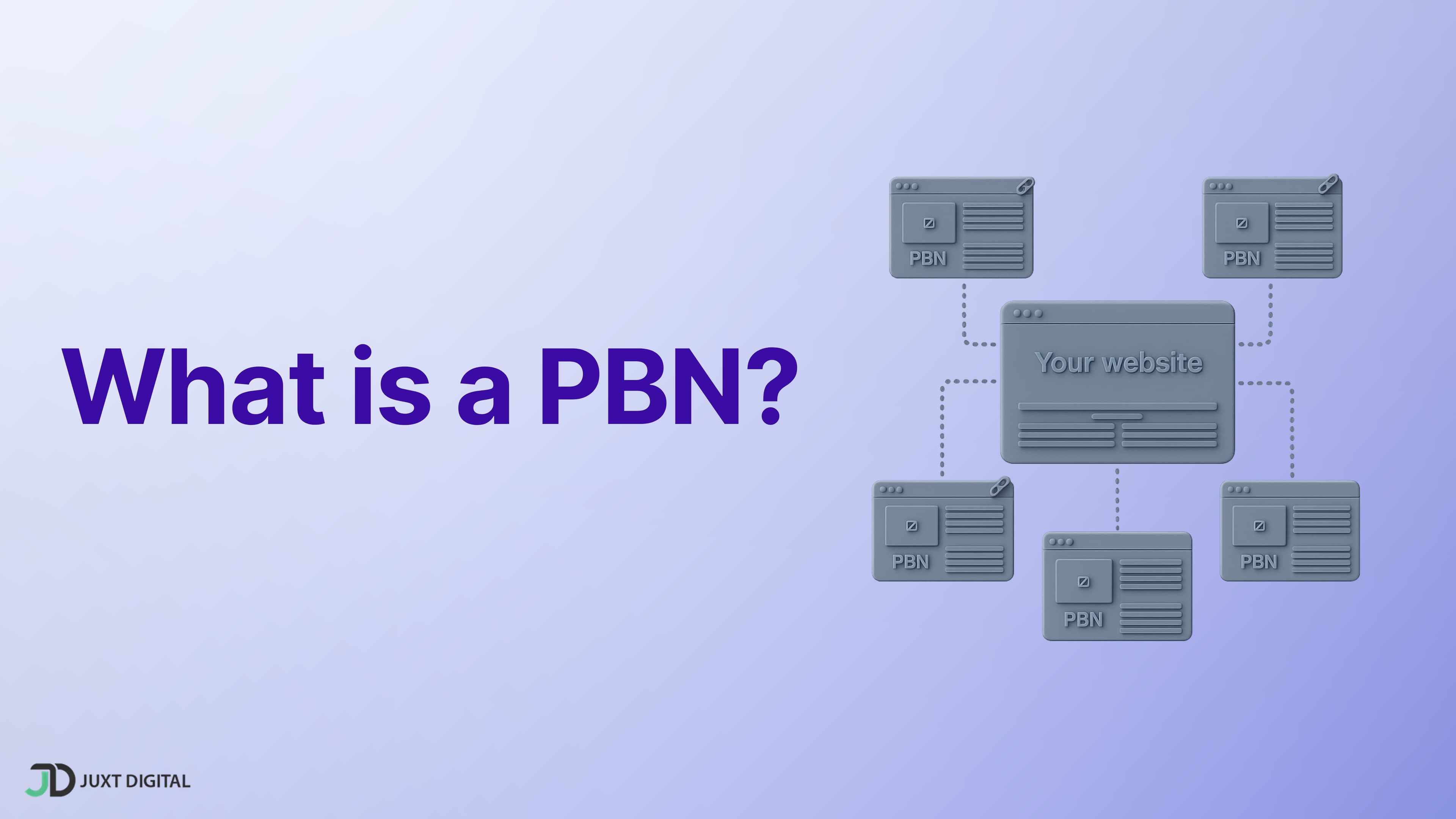What is a PBN?
A private blog network (PBN) is a network of websites used to build links to other websites and manipulate search engine rankings. PBNs violate Google's guidelines for website owners and can result in penalties.
How PBNs Work
PBNs manipulate search engine algorithms by artificially inflating a website's authority. Search engines like Google use backlinks as a ranking factor. They interpret each backlink as a vote of confidence from one website to another. PBNs exploit this by creating a network of websites that link to the target website, making it appear more authoritative and trustworthy to search engines.
Leveraging Expired Domains
PBNs primarily use expired domains that already have some authority with search engines. These domains may have pre-existing backlinks and a history of content that can be leveraged to boost the target website's rankings.
Content Creation
While PBNs may use expired domains, they still require content. PBN owners often populate these websites with low-quality or AI-generated content. However, best practices suggest that PBNs prioritize high-quality content relevant to the target website's niche to avoid detection and provide some value to users.






